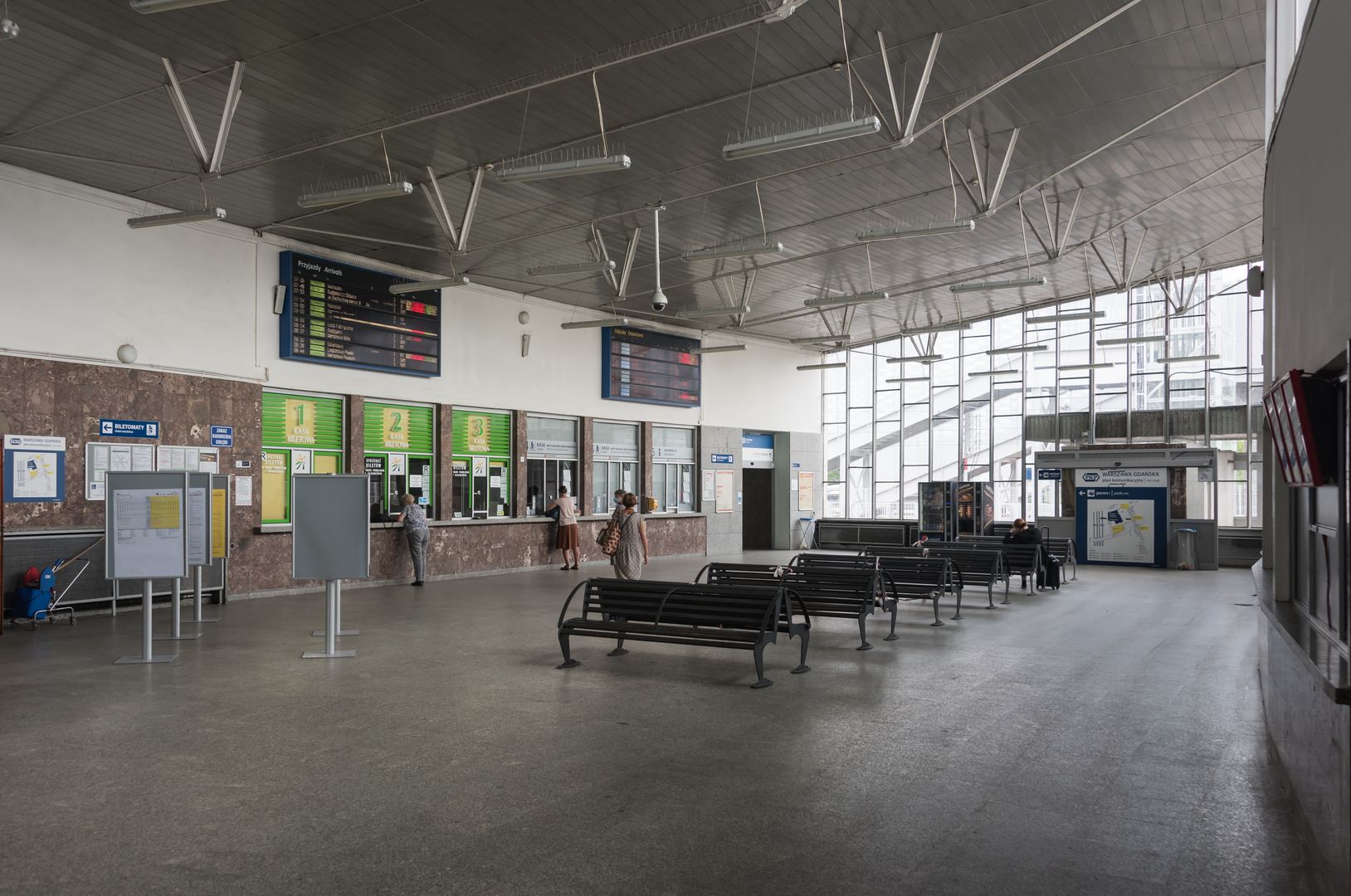Gdańsk Warsaw
6.3

Overview
Warsaw Gdańska Station, located at 6 Słomińskiego Street in Warsaw, is a railway station of agglomeration category. It was built between 1878 and 1880 as the Vistula Railway Station within the Warsaw Citadel and has been operating under the name Gdański Station since 1915. The history of the station is intertwined with significant events of the 19th and 20th centuries, including World War II, when it was used to transport Jews to extermination camps and was a site of fighting during the Warsaw Uprising. After the war, the station was rebuilt, and in 1958–1959, a new building designed by Stanisław Kaller was constructed, becoming the first modern station in post-war Warsaw. In the 1980s, passenger traffic declined, and the station required modernization, which began in 2003 with the opening of the Dworzec Gdański metro station. A series of infrastructure improvements were carried out, including the construction of a new tunnel connecting the station to the metro and the expansion of platforms. In December 2023, a new platform number 5 was put into operation, increasing the capacity for long-distance trains. Warsaw Gdańska Station also holds a place in popular culture, featuring in the series "Wojna domowa" (Domestic War) and in a song by Wojciech Młynarski. Architecturally, it stands out for its 20th and 21st-century modernizations, and its history is filled with dramatic and significant events that reflect Warsaw's turbulent past. An interesting fact is that the station was the departure point for many Polish Jews forced to leave the country in 1968, commemorated by a plaque with a quote from Henryk Grynberg. Despite various challenges, the building has not suffered significant degradation and now serves as a key element of Warsaw's transport hub, connecting various forms of urban and rail transport.
Location
Tickets
Powered by GetYourGuide
2025 Wizytor | All Rights Reserved